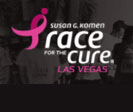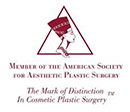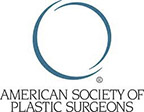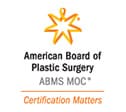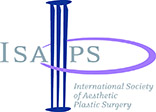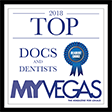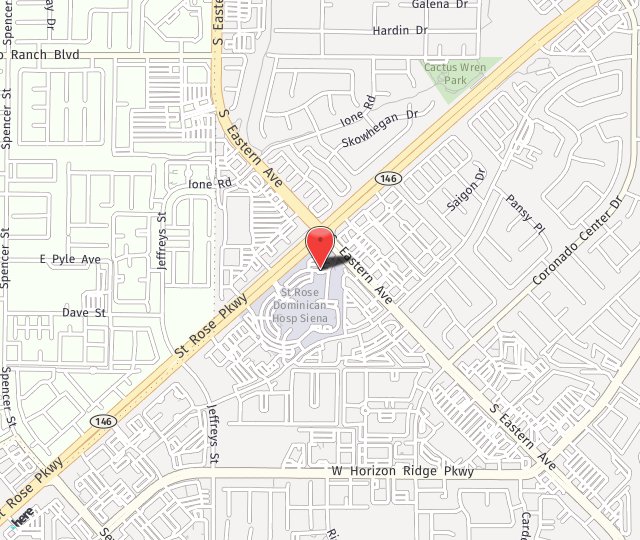Board Certified Female Plastic Surgeon specializing in Breast Lift, Breast Reduction, and Implant Removal, Serving Las Vegas, Henderson, and Nearby Areas of Nevada
Skin resurfacing is a non-surgical treatment. However, this does not mean that every patient can undergo one of these procedures. Here's a look at some of the risks, side effects, and contraindications of these procedures. Our Las Vegas cosmetic surgeon can evaluate your skin and provide personalized guidance on whether or not these treatments may be harmful.
Find out if you're a candidate for skin resurfacing: Call Desert Hills Plastic Surgery Center at 702-260-7707.
Patients Who Are Not Candidates For Skin Resurfacing
- History of Accutane use in the last 18 months. Accutane, also called Isotretinoin, diminishes the sebaceous unit source of keratinocytes (new cells) for reepithelialization and healing.
- Active cold sore or Herpes viral infection. Patients with a history of Herpes virus or cold sores need to take prophylactic antiviral medication as skin resurfacing can trigger the virus.
- Active skin infection or inflammation.
- History of keloid or hypertrophic scarring.
- Patients with a history of skin darkening after surgery, a pimple, or any skin treatment. Patients who tan very easily may not be optimal candidates.
- Patients who are undergoing simultaneous facial surgery. Skin that is elevated and pulled during a skin-tightening surgery cannot be resurfaced simultaneously. For example, during a facelift, the cheek and neck skin is usually elevated and tightened, so resurfacing of the cheek or neck skin is contraindicated. However, treating around the mouth, chin, and forehead would be safe at the same time as long as that skin has not been undermined.
- History of facial radiation.
- Pregnancy or breast-feeding.
- Patients with diabetes, a connective tissue disorder, collagen vascular disease, autoimmune disease, or a weak immune system.
- Patients with major medical problems.
- Patients with severe skin sensitivity or allergies.
- In the case of lower eyelid resurfacing, the patient must have tight lower lids with good tone to prevent ectropion (pulling down of the lower eyelid). Patients who have had previous lower blepharoplasty may not be candidates for lower eyelid skin resurfacing.
- Unrealistic patient expectations.
- Patient unwillingness or inability to care for the wound.
- History of facial burns with loss of cutaneous adnexal structures.
- Extensive fibrosis or scarring from previous cosmetic procedures.
- Diseases such as psoriasis, lichen planus, or pyoderma gangrenosum are also relative contraindications.
- Patients with a philosophy of tanning, or those who have occupations or hobbies involving excessive outdoor sun exposure.
- Patients with aspirin allergy should not have salicylic acid peels.
Risks And Side Effects Of Skin Resurfacing Procedures
Common temporary side effects of skin resurfacing procedures include:
- Redness, swelling.
- Discomfort.
- Mild crusting or exudate.
- Flare-up of acne or tiny white cysts called milia.
- Skin peeling, mild bleeding, or cracking of the skin.
- Increased sensitivity to sunlight.
- Tightness, dryness.
- Contact dermatitis from topical medications is common in deepithelialized skin, occurring in up to 65% of patients after skin resurfacing. The most common irritants are topical antibiotics, occlusive dressings, sunscreens, fragrance-containing compounds, and the preservatives used in topical corticosteroid products. Most cases of irritation resolve after discontinuing the offending agent.
- Temporary hyperpigmentation occurs in approximately one third of all patients and to some degree in all dark-skinned patients after medium to deep resurfacing treatments, although it is usually transient and responds to treatment. The area over the lateral eyebrow appears to be particularly susceptible. Topical retinoic, glycolic, kojic, and azelaic acid or a series of light glycolic acid peels are effective and may be used in conjunction with hydroquinone. Intense pulsed light systems also may be an effective treatment. Regular sunscreen use is important to prevent further hyperpigmentation.
- Unsatisfactory results. Persistent fine lines, blemishes, brown spots and textural problems with no appreciable result from the treatment.
- Worsened brown spots in patients with darker complexions.
Rare Long-Term Risks Of Skin Resurfacing Include:
- Scarring. The risk of scarring is higher with deeper resurfacing procedures and is more likely to occur in bony areas. People who have taken isotretinoin (accutane) to treat acne are also more likely to have scarring after skin resurfacing procedures.
- Prolonged redness lasting up to 1 year.
- Viral infection. Approximately 2-10% of patients experience a reactivation of labial herpes simplex virus infection postoperatively, usually 5-10 days after the procedure, even with appropriate antiviral prophylaxis. The outbreak may appear as a cluster of erosions rather than as vesicles or pustules in deepithelialized skin. The severity of the outbreak can be reduced by preoperative antiviral medications. Treatment with oral and topical antiviral medication such as Valtrex and Acyclovir is usually effective.
- Superficial bacterial and yeast infections may occur 2-10 days after the procedure. Staphylococcus, Pseudomonas, and Candida species are the most common pathogens and must be treated aggressively with systemic and topical antibiotics to avoid scarring or dissemination.
- Late hypopigmentation, a particularly dismaying complication, is seen in up to 20% or more patients after carbon dioxide laser resurfacing, phenol peels, or any deep resurfacing procedure. It is much less common in patients after Er:YAG resurfacing or medium depth resurfacing procedures. It usually develops 12-48 months after the procedure and it is permanent, caused by the destruction of melanocytes.
- Lines of demarcation can be seen in between areas treated and those not. Typically this occurs along the jaw line with full face resurfacing procedures. It can also occur around any facial subunit that was treated independently from a full face treatment.
- Hypertrophic (red, raised, nodular) scarring is rare, and it should be treated early with steroids, silicone gel, or the vascular-specific 585-nm pulsed dye laser. Areas prone to scarring are the chin, mandible, neck, and perioral regions.
- Keloid scars, or scars that grow beyond the area of the injury are very rare and difficult to treat.
- Visible skin patterns from the shape or orientation of the applicator handle.
- Skin contour irregularities, areas of firmness or indurations from thermal resurfacing procedures.
- Full thickness skin loss or burns.
The only way to find out if skin resurfacing is right for you is a consultation with Dr. Hayley Brown. Contact Desert Hills Plastic Surgery Center online or by calling 702-260-7707 today. We welcome patients throughout the Las Vegas area and nationwide.




